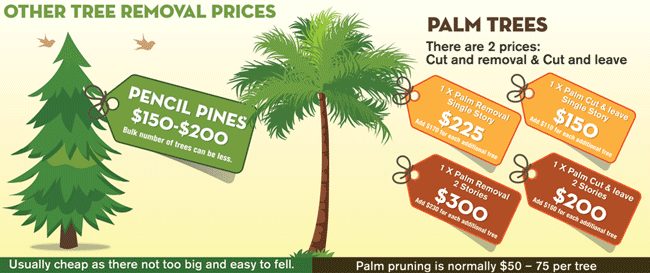Tree Removal Aftercare: Best Practices For Landscape Recovery
Tree Removal Aftercare: Best Practices For Landscape Recovery
Blog Article
Composed By-Franks McCollum
After a tree's elimination, your landscape might look rather various, and it's necessary to assess the aftermath very carefully. You'll intend to assess the soil disruption and examine bordering plants for any type of indications of stress and anxiety. Neglecting these variables can result in larger problems down the line. So, what should you finish with those stumps and roots? And exactly how do you pick the best plants for your rejuvenated space? Let's discover these essential actions.
Analyzing the Consequences: Reviewing Your Landscape
After a tree elimination, it's critical to evaluate your landscape to understand the influence it carries your yard.
Start by taking a look at the location where the tree stood. Search for indications of dirt disruption, and inspect the surrounding plants for any anxiety or damages.
You ought to also keep in mind of just how the elimination has actually changed sunlight exposure and air flow in your garden. This change can impact the growth of neighboring plants, so it's necessary to review their health.
Consider the visual aspects also; the removal could develop an open space that you can upgrade.
Lastly, think of any type of possible disintegration concerns that might arise from the tree's absence. Attending to these elements early will aid recover equilibrium to your landscape.
Taking care of Stumps and Roots: Choices for Removal
When you've examined the after-effects of the tree elimination, you'll likely require to deal with the stump and roots left.
You have a couple of alternatives for elimination. One reliable method is stump grinding, where a specialist uses an equipment to grind the stump to underground level. This method leaves minimal interruption to your landscape.
If you choose a do it yourself method, you can utilize a mix of digging and chemical stump eliminators. Simply bear in https://www.bobvila.com/slideshow/6-smart-ways-to-prevent-a-soggy-yard-with-every-rain-shower-52840 , this process can require time and initiative.
Alternatively, consider leaving the stump as a natural function, which can serve as a distinct yard component or habitat for wild animals.
Whatever you choose, dealing with the stump and roots is crucial for recovering your landscape.
Picking the Right Plants for Your New Room
As you examine your recently gotten rid of area, picking the right plants can dramatically boost your landscape's elegance and functionality.
Beginning by thinking about the sunlight and soil conditions. For bright areas, opt for drought-resistant plants like lavender or succulents. In shaded spots, brushes and hostas flourish well.
Consider the size and development routines of your plants; mix perennials and annuals for seasonal variety. Do not neglect to incorporate native types; they need much less maintenance and support local wild animals.
Team plants in odd numbers for a much more all-natural look and create layers for aesthetic deepness.
Lastly, guarantee you have a mix of colors and textures to maintain your landscape vivid throughout the periods.
Pleased growing!
Final thought
To conclude, recovering your landscape after tree removal is a rewarding procedure. By analyzing Related Site , addressing stumps and origins, and picking the right plants, you'll create a thriving setting. Don't fail to remember to include erosion control actions to protect your dirt. With a little effort and care, you can change your room into a vivid garden that enhances your building. Welcome the opportunity to rejuvenate your landscape and delight in the elegance of nature right in your backyard!
